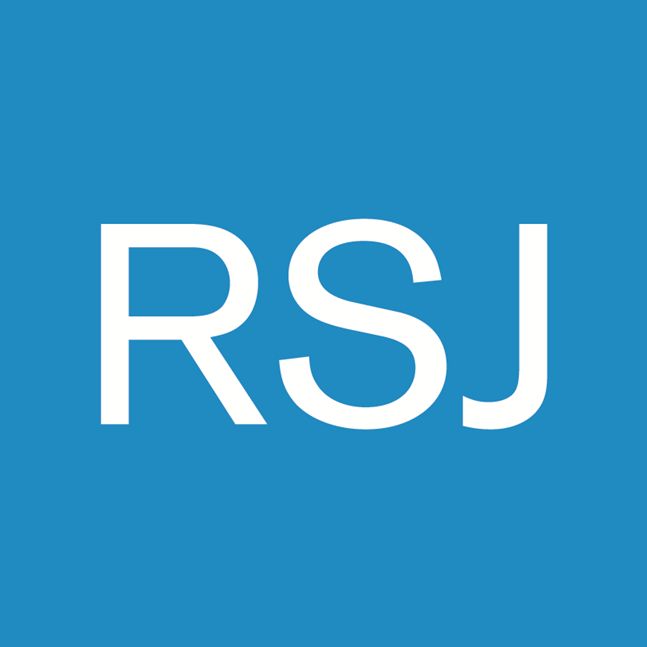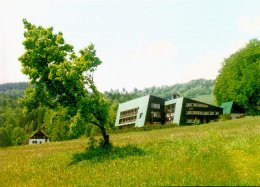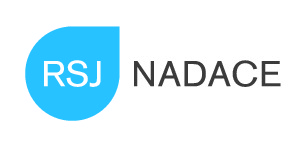Abstracts
Abstract:
It is a standard result in the theory of Sobolev spaces that Lipschitz domains admit a bounded linear extension operator for any of the usual Sobolev spaces. Actually, this also holds for the more general class of uniform domains. Hence one can even extend functions from a snowflake domain. For simply connected planar domains, uniformity characterizes extendability when we deal with first order derivatives with integrability degree two. The situation is more complicated for other degrees of integrability. We discuss several recent attempts to find geometric criteria for a domain to admit a bounded (linear) extension operator for a given Sobolev space.
Abstract: Consider a function space X, an operator T defined at least on X and a category of function spaces \mathfrak M. We say that (another) function space Y is the optimal partner for X with respect to T within \mathfrak M if the following three statements are satisfied:
- the space Y belongs to \mathfrak M;
- the operator T is bounded from X to Y;
- the space Y is the best possible such space in the following sense: if Z is another space belonging to \mathfrak M and such that T is bounded from X to Z, then, necessarily, Y is continuously embedded into Z.
We shall study optimal partnership in a slightly modified situation when X is a given rearrangement-invariant Banach function space and T is the identity operator defined on a Sobolev space built upon X. We study the question of optimality of function spaces that appear in various kinds of Sobolev-like embeddings and we shall survey recent methods of constructing optimal partner spaces in such situations. The methods can also be applied to obtain results concerning related topics such as the trace problem, the logarithmic Sobolev inequalities or compactness of Sobolev embeddings. A special attention will be paid to the isoperimetric behavior of the underlying domain and its affect on the outcoming function spaces.
The results presented will include those obtained in collaboration with several co-authors involving in particular David Edmunds, Ron Kerman, Andrea Cianchi, Lenka Slavíková, Amiran Gogatishvili, and others.
Abstract: For the last decade there has been a generalized trend in Mathematics on the search for large algebraic structures (linear spaces, closed subspaces, or infinitely generated algebras) composed of mathematical objects enjoying certain special properties. Some of the earliest results in this directions was a famous theorem by V. I. Gurariy (1966), in which he showed that the set of Weierstrass' monsters (continuous nowhere differentiable functions) contains (up to the zero function) an infinite dimensional linear space.
This trend has caught the eye of many researchers and has also had a remarkable influence in Real and Complex Analysis, Set Theory, Operator Theory, Summability Theory, Polynomials in Banach spaces, Hypercyclicity and Chaos, and general Functional Analysis.
Throughout the lectures within this mini course we shall present an account on the advances and on the state of the art of this trend, nowadays known as lineability and spaceability. Open problems and questions will also be provided throughout the course.


